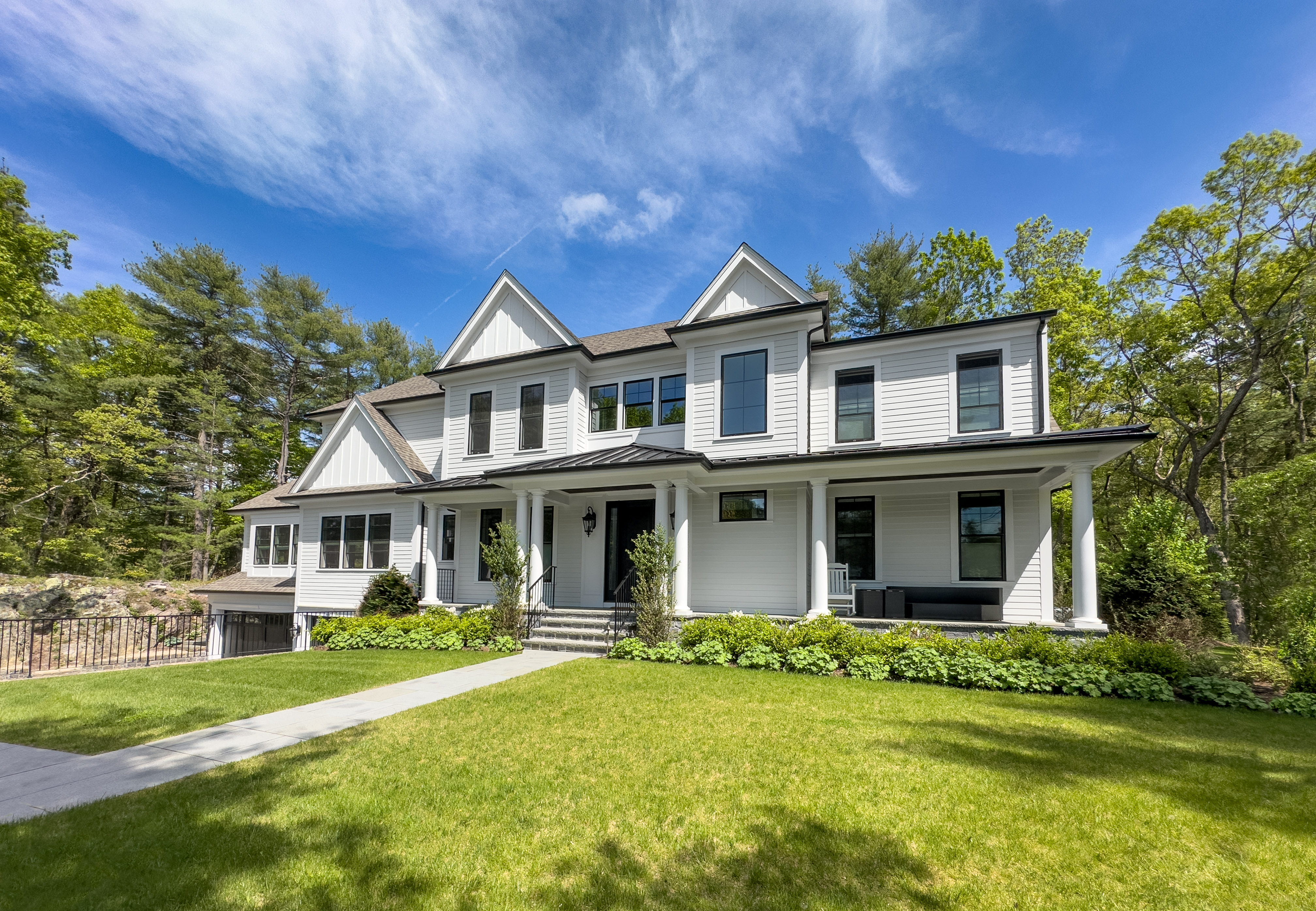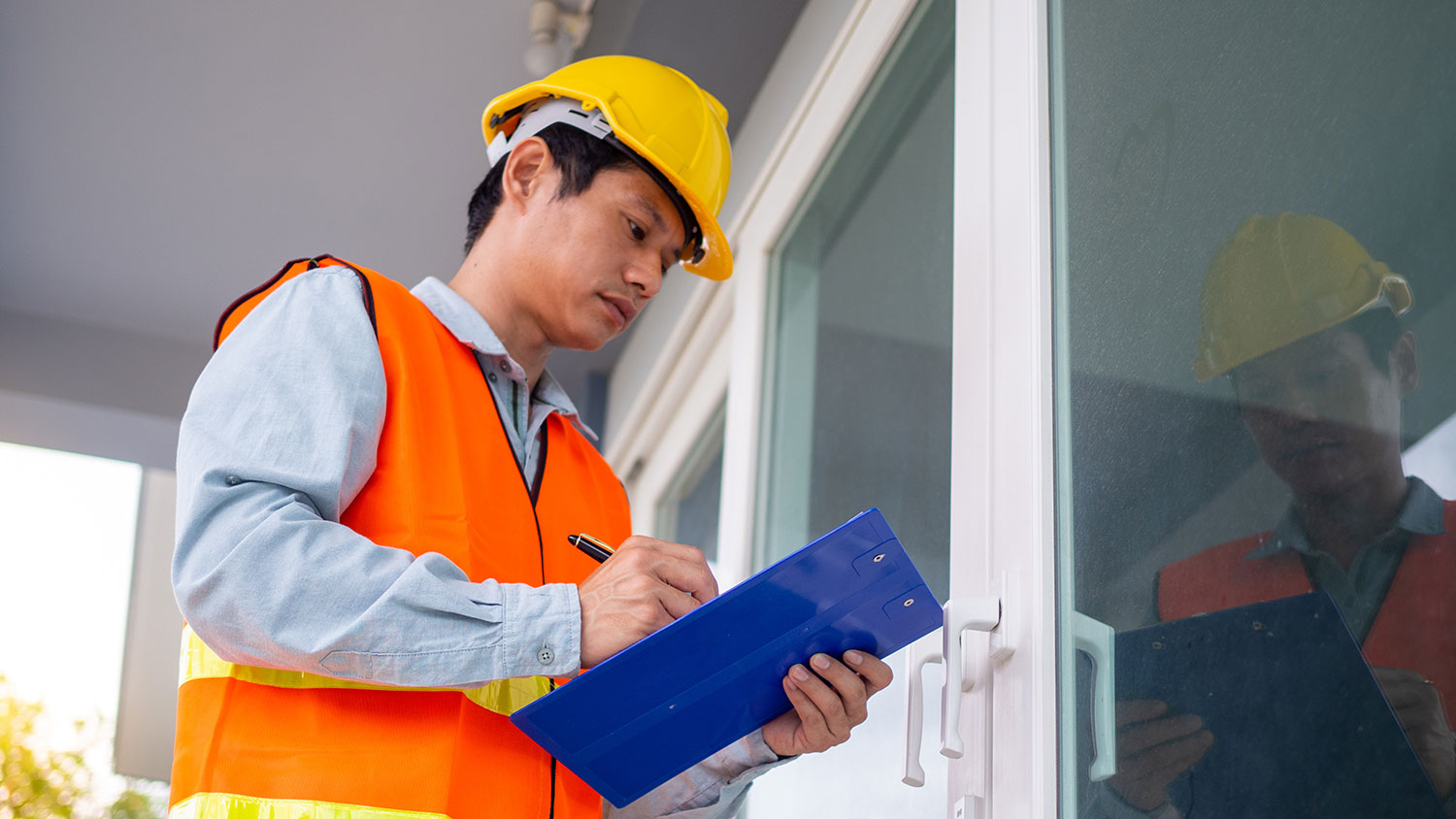
Get a detailed breakdown of thermal imaging home inspection costs, including average prices, cost factors, and tips to help homeowners budget.
Homeowners are getting serious about significantly reducing their homes’ environmental impacts


Housing produced 16% of the United States’ total greenhouse gas emissions in 2020.
More homeowners are making simple changes to reduce their greenhouse gas contributions—and to cut costs.
Retrofitting vintage homes is the swiftest path to reducing the housing stock’s greenhouse gas emissions.
Energy audits help homeowners understand where they can make the most impactful changes.
Climate change impacts everyone—no matter where we live—and will continue to profoundly affect homeowners, renters, and (especially) unhoused populations. With such seismic shifts in our collective home forcing us to rethink our actions, many feel stuck.
But there’s good news: homeowners can reduce the carbon they release into the world by making some key changes to their homes and habits. There’s better news, still: more Americans are already taking lighter steps towards greener homeownership, according to a survey Angi conducted with 1,000 homeowners, and another survey of 600 home pros.
But what does a “greener” future look like in terms of housing in a rapidly heating world? Here’s a glimpse into what the future of housing emissions may look like.
In 2020, our homes produced 16% of the country’s greenhouse gas emissions, largely because many of our homes are energy-hungry. Because virtually everything in our homes requires energy to cool, heat, and just generally function, the gadgets and appliances supporting our lifestyles require lots of energy. Couple that with natural gas and petroleum that power many heating and cooking appliances, and we begin to understand just how unsustainable many of our habits may be.
But it’s not that Americans want these energy-draining homes; it’s just the reality of what’s available and/or relatively affordable. Homes built between 1950 and 1990 aren’t nearly as energy-efficient as homes built between 2000 and 2005.
The caveat, though, is that many newer homes are larger than pre-1950s homes, meaning they require more energy to heat, cool, and function. No matter how efficient, more energy use means more greenhouse gasses pumped into the atmosphere. Basically, new homes don’t always mean energy-efficient homes—and that doesn’t align with most homeowners’ attitudes and expectations.
Homeowners are aware that climate change presents very real threats to both current and future generations alike, and many expert builders, suppliers, and virtually everyone in the homebuilding space offer greener solutions.
“Consumers expect sustainability in the places they live, work, and play,” says Aaron Smith, CEO of EEBA, an organization dedicated to providing education, support, and resources for sustainable business practices in the residential construction industry. “They simply want to make the best decisions for their homes and the planet.”
But those decisions aren’t always so easy to make in a frantic housing market where funds don’t stretch as far as they did even a year ago. But Smith says that, despite home costs soaring, homeowners—current and future buyers alike—have more options than ever for reducing their impact.
Homeowners can start small; they don’t have to make major upgrades to reduce their footprints. Part of his and EEBA’s educational outreach implores homeowners to do their parts to contribute to the “5-legged stool” of creating a cleaner planet. Those five legs/elements include:
Healthier homes
Electrifying everything (powered by renewable energy)
Resiliency
Decarbonization
Net Zero (carbon balancing homes)
While homeowners can easily tweak habits (turning lights off when not in use, recycling, composting, washing clothes on cold), Smith admits that many want to do more—and do it quickly.
Completely retrofitting our homes isn’t always affordable right off the bat; it may take time to include every energy-reducing option we’d like. However, there are four smart, relatively affordable solutions homeowners can implement quickly.
Caulking, insulation, and Energy Star-certified windows may be homeowners’ best friends for reducing energy costs and keeping homes more comfortable year-round. The Department of Energy states that 45% of homeowners’ energy use goes to heating and 9% to cooling. Keeping air in (and out) means energy-efficient comfort and cost-cutting.
Heat pumps don’t get a lot of love—but they should. Heat pumps pull warm, outdoor air indoors during the cooler months and, during the warmer months, pull indoor air out of homes to keep indoor temperatures comfortable.
Heat pumps offer 300% to 400% efficiency improvements over top-tier gas appliances with even 90% efficiency ratings. Heat pumps don’t need gas or fuel to function, and heat pumps cost less than $6,000 on average, making them an excellent investment both financially and environmentally. Your local heat pump installer can have it set up in no time.
There may be no better symbol of “green” than solar panels. As of 2020, there were nearly 3 million residential photovoltaic solar systems. While most solar panels cost between $17,000 and $32,000, the price has come down about 80% in the past 15 years, according to Aaron Smith. “Solar has become cheaper, faster, better, and stronger as the technology improves,” he says. It’s also largely due to the rising demand for solar across the country.
But if homeowners still have sticker shock, Smith reminds them that there are several local and federal solar panel incentives to help homeowners switch to solar. He also nudges homeowners to see them as an investment. For example, if a homeowner pays $200 per month for utilities, solar panels can likely offset the bill. All they need to do is contact their local solar panel installer to get started.
Not everyone can afford solar panels or a top-of-the-line heat pump at the moment—or any time soon. However, homeowners can still reduce their footprints by making small, cost-effective changes today by simply:
Switching to low-power LED lights
Opting for recyclable and recyclable materials
Swapping old, energy-hungry appliances for Energy Star-rated appliances
Updating toilets and showerheads to low-flow models
Xeriscaping or including low-water landscaping
Upgrading to smart home devices like smart thermostats and smart lighting
From average costs to expert advice, get all the answers you need to get your job done.

Get a detailed breakdown of thermal imaging home inspection costs, including average prices, cost factors, and tips to help homeowners budget.

Discover the average home energy audit cost, what impacts pricing, and how to save money on your audit. Get transparent, expert-backed cost info for homeowners.

A home energy audit is a detailed write-up of how to lower your utility bills and increase your comfort level. Find out if they’re worth the cost.

Home energy audits can identify ways to make your home more energy-efficient. Learn whether an energy audit is a good investment for your home.